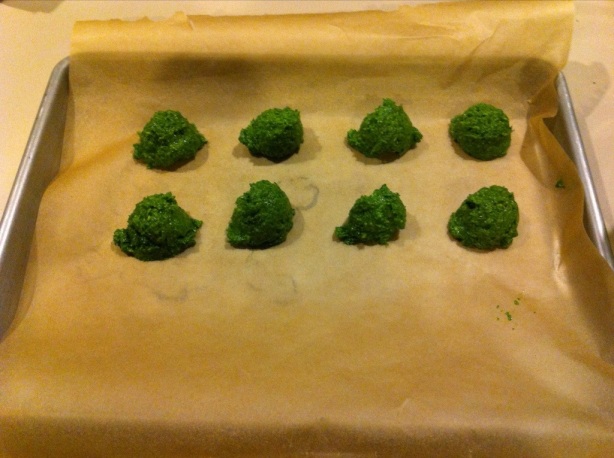My dad first started experimenting with Pesto back in the late 70s. I remember loving basil pesto (on pasta!) so much that I would beg to have the leftovers for breakfast. Not bad for a picky eater!!
Over the years I have consistently made pesto with the basil harvest from my garden or what I get at the farmer’s market. When I found out I was allergic to dairy, I started using walnuts in place of the Parmesan and pine nuts. I think I liked this even better, especially with a little squeeze of lemon.
But now on AIP, no nuts. I wasn’t sure what to do about pesto with no nuts at all. Turns out, I didn’t need to worry at all … it’s just fine without any nuts!
Ingredients:
1 large bunch of basil
3 cloves of garlic
1/4 cup of olive oil
Put all ingredients into a food processor, blender, or cool processor attachment to your stick blender. Process until the consistency you want it.
Now, I’ll share a little secret with you. I have a large herb garden in my back yard. In the fall, I harvest lots and lots of herbs to store for the winter. Some I freeze whole in zip-lock bags. Some I strip the leaves off and freeze the leaves in zip-lock bags. And some I puree and freeze in tablespoon-sized chunks. This is what I do with basil and/or pesto. I use my handy Pampered Chef 1 Tbs scoop, and scoop onto a parchment paper lined cookie sheet. Then I freeze and store in a zip-lock bag. When I want pesto on my spaghetti squash I pop a couple out and defrost to mix into my cooked squash. Yum. I do this with other things like chipotle peppers and tomato paste too. That way none of it goes to waste and you have the small sizes most recipes call for. Some people use ice-cube trays and that works too, I just think they’re a pain to clean (and I don’t want my basil tasting like chipotle) so this works better for me.






